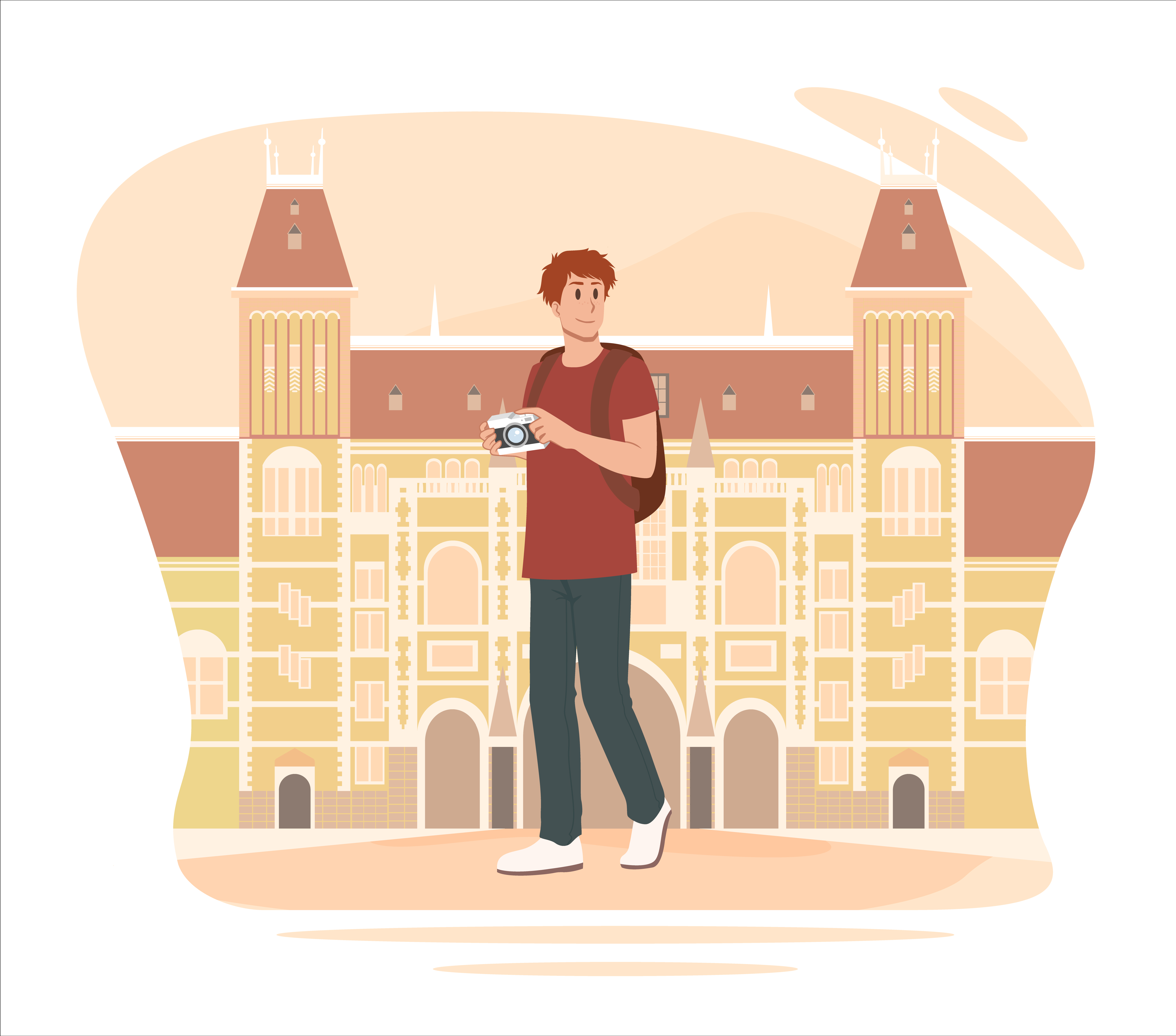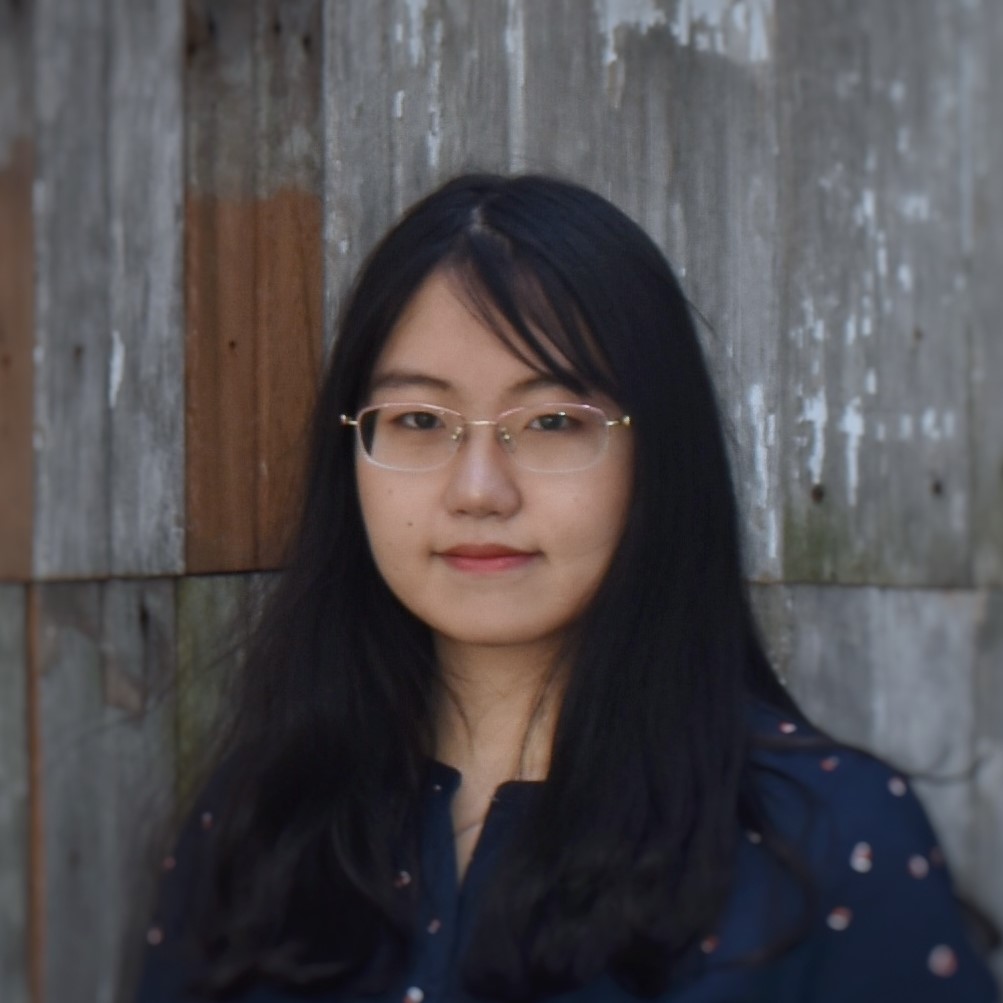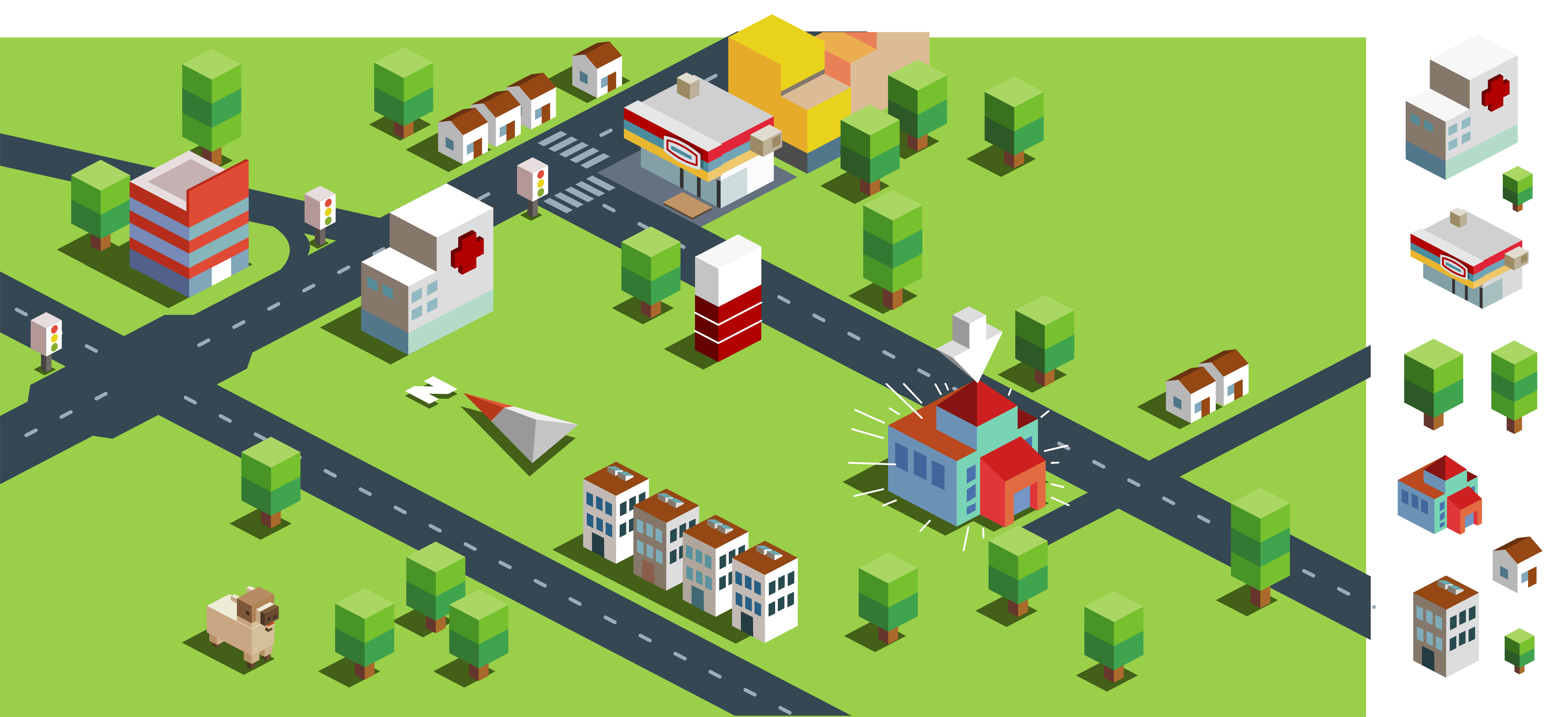Post: Why study Urban Planning?

Of course, I have put together application essays, using them to sell myself to the schools. There are details in my life which led me to my route that I am on today, but I rarely included them in those formal essays, or tell them in interviews, because they don’t show my highest achievement and my fullest ability. Nonetheless, those details are super important.
I was just reading Building Suburbia: Green Fields and Urban Growth by Dolores Hayden. The word “suburb” always has a negative connotation in my planning seminars. Suburbs, demonstrate the American dream, “where Americans situate ambitions for upward mobility and economic security, ideals about freedom and private property, and longings for social harmony and spiritual uplift (Hayden, 2003).” Suburbs also mean subdivisions that interrupt connectivity and natural lands. Living in a suburb means residents cannot go anywhere without an automobile vehicle. It means living in an uninterested residential block to be voluntarily secluded from the nearby vibrant city, while occasionally taking advantage of it.
This totally puts me into shame, as I had unintentionally designed a project like this. When I was in high school, in my economics class, the teacher assigned us to describe a future city. I was really into the project, and I drew a map of a, what you would call it, a suburb. People live in residential blocks and stay on a conveyor belt network to work in cubicles in the CBD every single day. The whole idea was futuristic and creative, but my design revealed my innocent and extremely unsophisticated view of the world.
Because of the abundance and the popularity of sci-fi movies, I am sure that a lot of people imagine future cities as “smart cities”. They are super high-tech and are supposed to make your life easy. These are ideas pitched by tech companies, and they have the same problem as the 18-year-old me – they only see how people like them live. Besides, they are profit-driven. I think the current pursue of smart cities is identical to the previous pursue of suburbia fantasy.
Completing that project got me thinking more about city planning. Later, I got inspired by a school trip to a historical neighborhood. Seeing how public policies both help and challenge residents there, I wrote my college application on that topic. However, when actually majoring in Urban Planning, I found it quite hard to explain what Urban Planning is to others. Sometimes it was because we study “everything”, because everything is related to urban planning. My classmates all have their own interest and will pursue different career paths afterwards. Sometimes, I felt overwhelmed by daily tasks that I forgot why I study it.
Urban Planning could be anything and everything. It could be economics, statistics, politics, history, engineering and design. I wanted to study Urban Planning because I wanted to know how to plan the cities that meet everyone’s needs. In fact, I am learning tools to help planners understand people’s need and how to best distribute public resources.
Also, doesn’t urban planning sound super fancy as a major?
Reference
Dolores Hayden, “The Shapes of Suburbia” and “Picturesque Enclaves,” in Building Suburbia: Green Fields and Urban Growth, 1820-2000 (New York: Pantheon, 2003), 3-18, 45-70.



